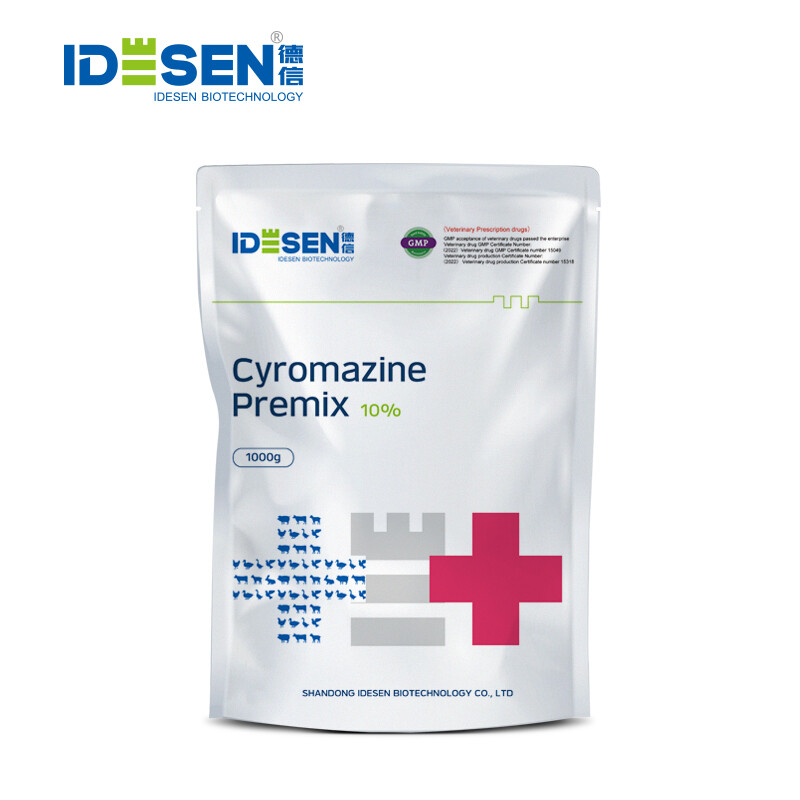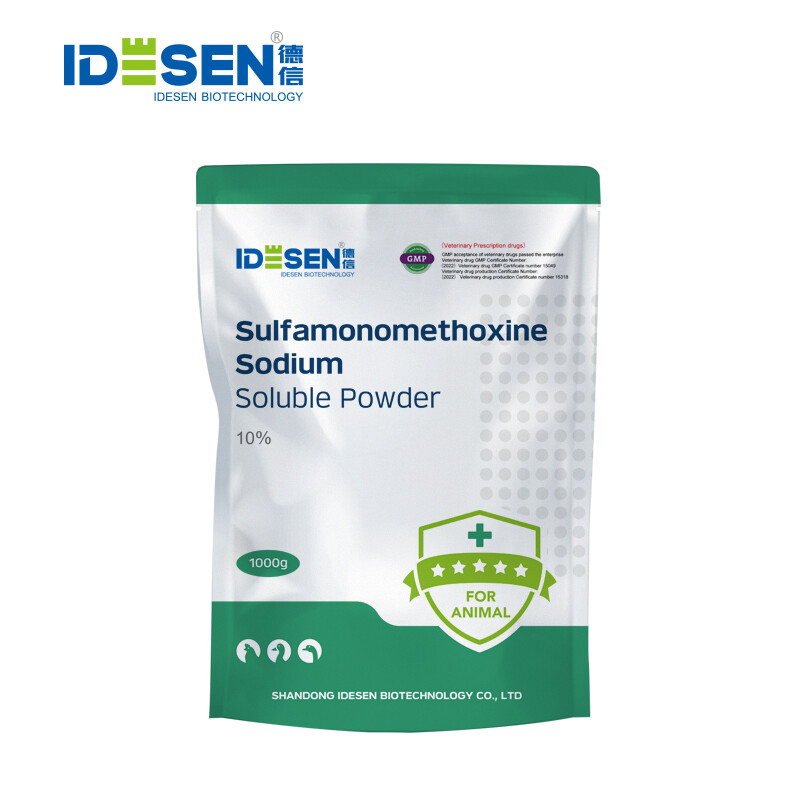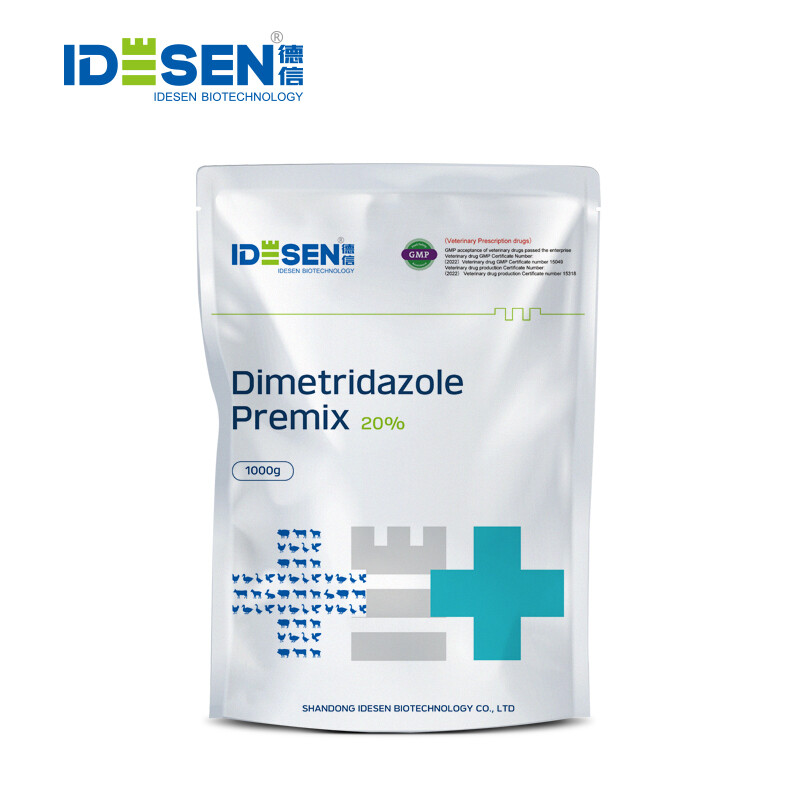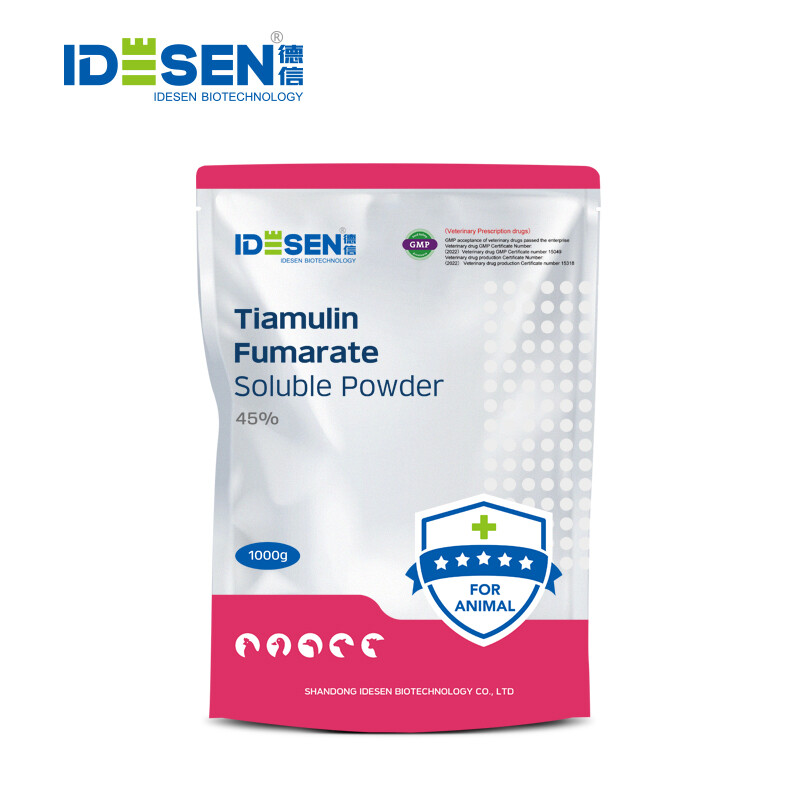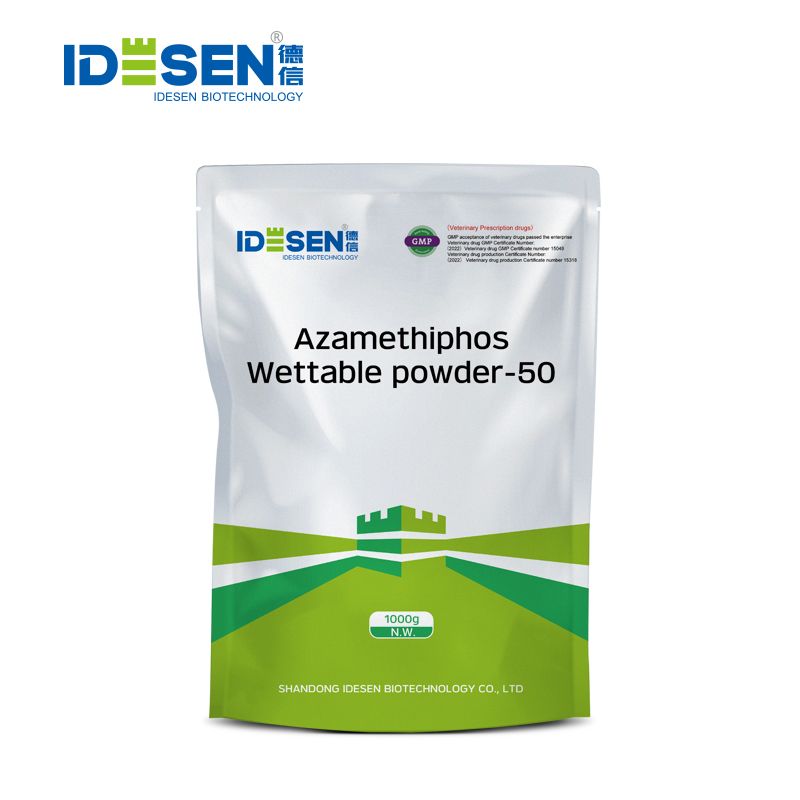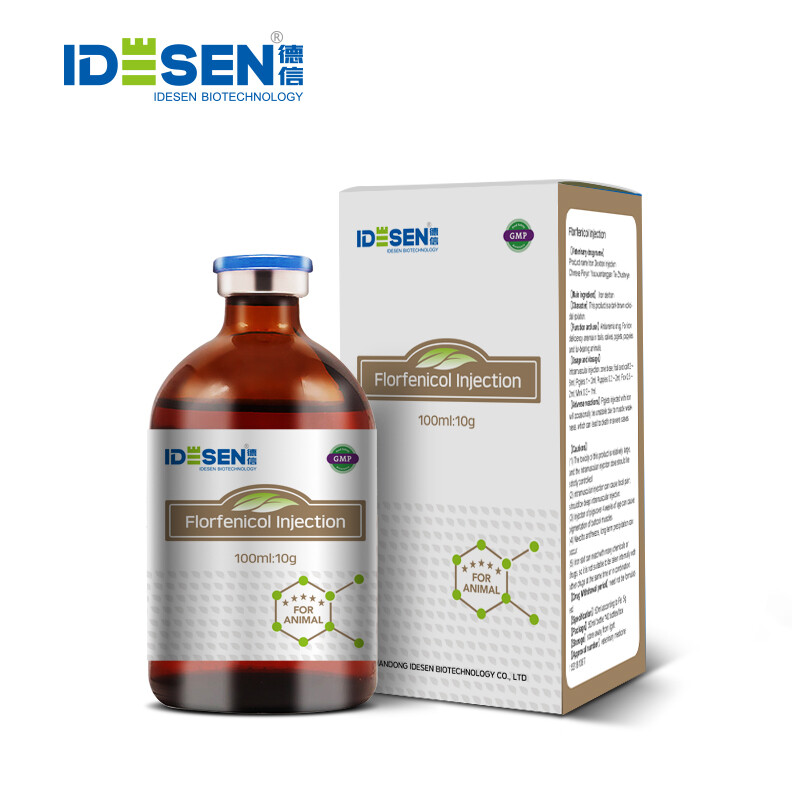
10% Florfenicol Injection 100ml
Product Name : Florfenicol Injection
Chinese Pinyin: Fubennikao Zhusheye
* Price upon request
PRODUCT DESCRIPTION
GMP acceptance of veterinary drugs passed the enterprise
Veterinary drug GMP Certificate Number: (2022) Veterinary drug GMP Certificate number 15049
Veterinary drug production Certificate Number: (2022) Veterinary drug production Certificate number 15318
Instructions For Florfenicol Injection (Veterinary prescription drugs)
【Veterinary drug name】
Product Name : Florfenicol Injection
Chinese Pinyin: Fubennikao Zhusheye
【Main ingredient】Florfenicol
【Characters】This product is colorless to light yellow clear liquid.
【Pharmacological action】
Pharmacodynamics : Florfenicol belongs to the amidol class of broad-spectrum antibiotics, is a bacteriostatic agent, inhibits the synthesis of bacterial proteins by binding to the 50S subunit of the ribosome. It has strong antibacterial activity against a variety of Gram-positive and Gram-negative bacteria. Bartonella haemolytica, Bartonella multocida and Actinobacillus porcine pleuropneumoniae are highly sensitive to florfenicol. In vitro antibacterial activity of florfenicol against many microorganisms is similar to or stronger than that of methicillin, and some bacteria that are resistant to amidohydrols due to acetylation, such as Escherichia coli, Klebsiella pneumoniae, etc., may still be sensitive to florfenicol.
It is mainly used for bacterial diseases of pigs, chickens and fish caused by sensitive bacteria, such as respiratory diseases of cattle and pigs caused by Pasteurella haemolytica, Pasteurella multocida and Actinobacillus porcine pleuropneumoniae. Salmonella caused by typhoid fever and paratyphoid fever, chicken cholera, chicken white diarrhoea, Escherichia coli, etc.; fish Pasteurella, Vibrio vulnificus, Staphylococcus aureus, Aeromonas hydrophila, enteritis caused by fish bacterial septicaemia, enteritis, erythromelalgia and so on.
Pharmacokinetics : Florfenicol is rapidly absorbed when taken internally, reaching therapeutic concentrations in the blood in about 1 hour, with peak blood concentrations reached in 1 to 3 hours. Bioavailability is more than 80%. Florfenicol is widely distributed in animals and can cross the blood-brain barrier. It is mainly excreted in the urine in its original form, and a small amount is excreted in the faeces.
【Drug interaction】
(1) Macrolides and lincosamides have the same target point of action as this product, both of which bind to the 50S subunit of the bacterial ribosome, and may produce mutual antagonism when used in combination.
(2) They may antagonise the bactericidal activity of penicillins or aminoglycosides, but this has not been demonstrated in animals.
【Function and use】Aminoalcohol antibiotics. For Pasteurella and Escherichia coli infections.
【Usage and dosage】Intramuscular injection: once dose, 0.2ml per 1kg weight in chickens and 0.15 ~ 0.2ml in swines, used twice every 48 hours. Fish 0.005 ~ 0.01ml, once a day
【Adverse reactions】The product is somewhat immunosuppressive when used above the recommended dose.
【Cautions】
(1) Chickens laying eggs for human consumption should not be used during the egg-laying period.
(2) Breeding hens should be used with caution. It is embryotoxic and should be used with caution in pregnant and lactating livestock.
(3) Prohibited in vaccination period or animals with serious deficiency of immune function.
(4) Reduce the dosage or prolong the dosage interval for animals with renal insufficiency.
【Drug withdrawal period】Pigs 14 days, chickens 28 days, fish 375 degree-days
【Specification】100ml:10g
【Package】100ml/bottle
【Storage】Dark, sealed storage.
【Approval number】Veterinary Medicine 153182551
【Batch number】
【Production date】
【Validity until】
RELATED SUGGESTION
SEND US YOUR INQUIRY
What are you lookking for?



